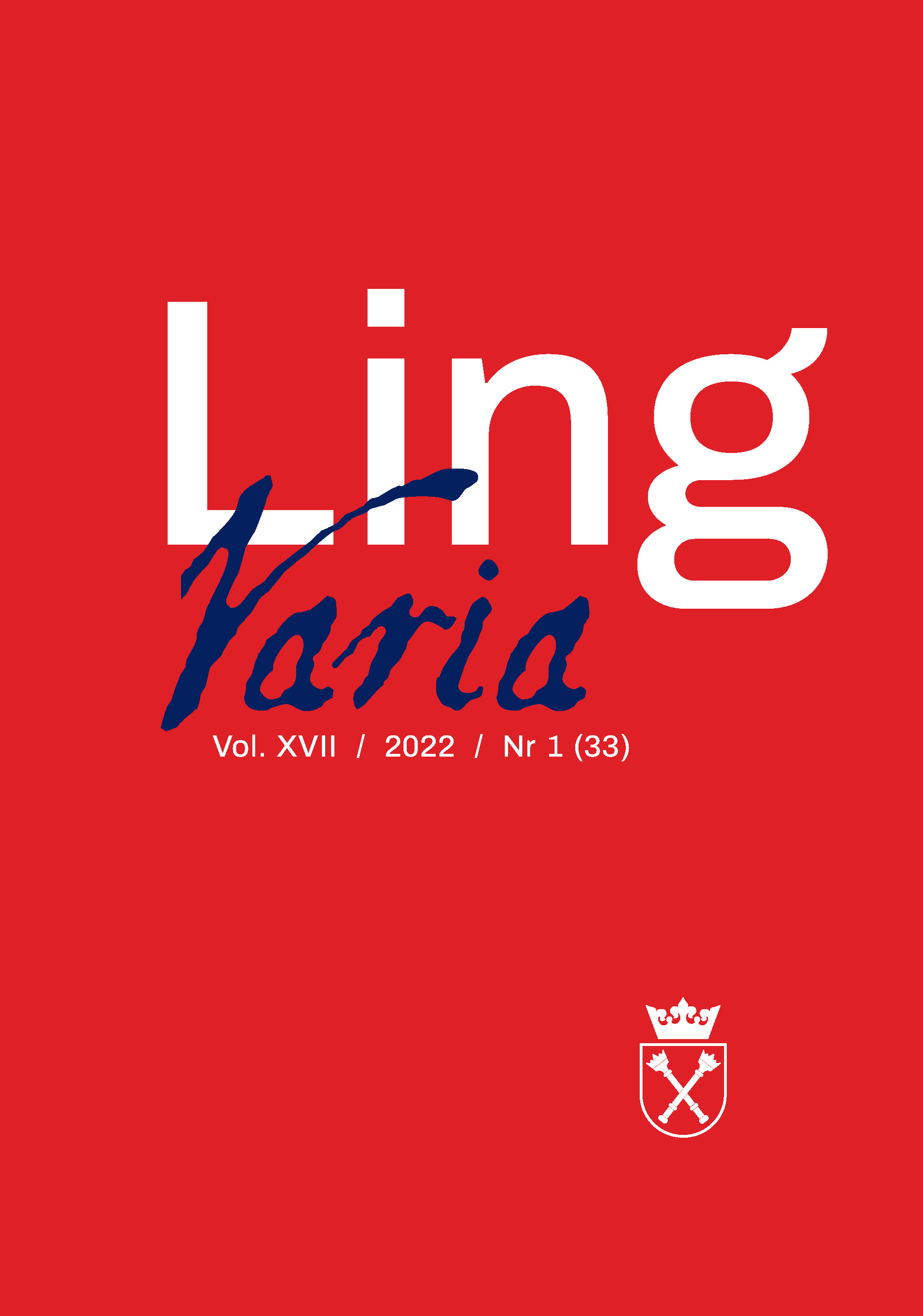Rzeczownikowe formacje z pół- w ujęciu historycznym (na materiale słownikowym)
Nominal Formations with pół- in the Historical Perspective (Based on Lexical Material)
Author(s): Tomasz KurdyłaSubject(s): Language and Literature Studies, Theoretical Linguistics, Historical Linguistics
Published by: KSIĘGARNIA AKADEMICKA Sp. z o.o.
Keywords: formation of nouns; compound nouns; categories of word-formation; pół-
Summary/Abstract: This article is dedicated to derivatives with the pół- unit that appears in general Polish. Such derivativeshave already been the subject of researchers of Polish. In this text the author focused on twoaspects: the morphological status of those derivatives and their historical development from the eldesttimes (the Old Polish period) until now.Contrary to appearances, not all derivatives with pół- are compounds. The analysis of their lexicaland word-formation meanings leads one to the conclusion that many of them are simple derivativesin which the meaning of the pół- unit is far from the basic meaning, which is why it should be treatedas a unit with the function of a prefix formant. Those formant meanings of pół- are of modification(more often) or mutation (more rarely) nature.The historical development of those derivatives is presented on the basis of lexical material. Thederivatives have been functioning since the Old Polish times, but they have been changing both interms of quality and quantity. SStp includes only 37 formations with pół-, but more and more ofthem appeared in later centuries. The highest increase in their number is noted in SW (almost a halfof a thousand derivatives), after which their number has decreased (in SWJP there are 121 of them).Until now this has been a living and productive word-formation type. Three most important kinds ofthose formations have been distinguished in the historical perspective: 1) compounds with pół- meaning‘a half’, which are relatively numerous and stable throughout the whole developmental period;2) small categories (e.g. ‘one of two’, ‘the middle’, ‘a kind’), which are created by a small number ofderivatives, but constitute their stem in that they are static in terms of quantity; 3) large and, at thesame time, static categories, which are changing over time, i.e. they either significantly grow in number(‘not really’) or significantly decrease the number (‘a half with reference to measurements’ andexocentric compounds).
Journal: LingVaria
- Issue Year: 17/2022
- Issue No: 33
- Page Range: 117-143
- Page Count: 27
- Language: Polish

